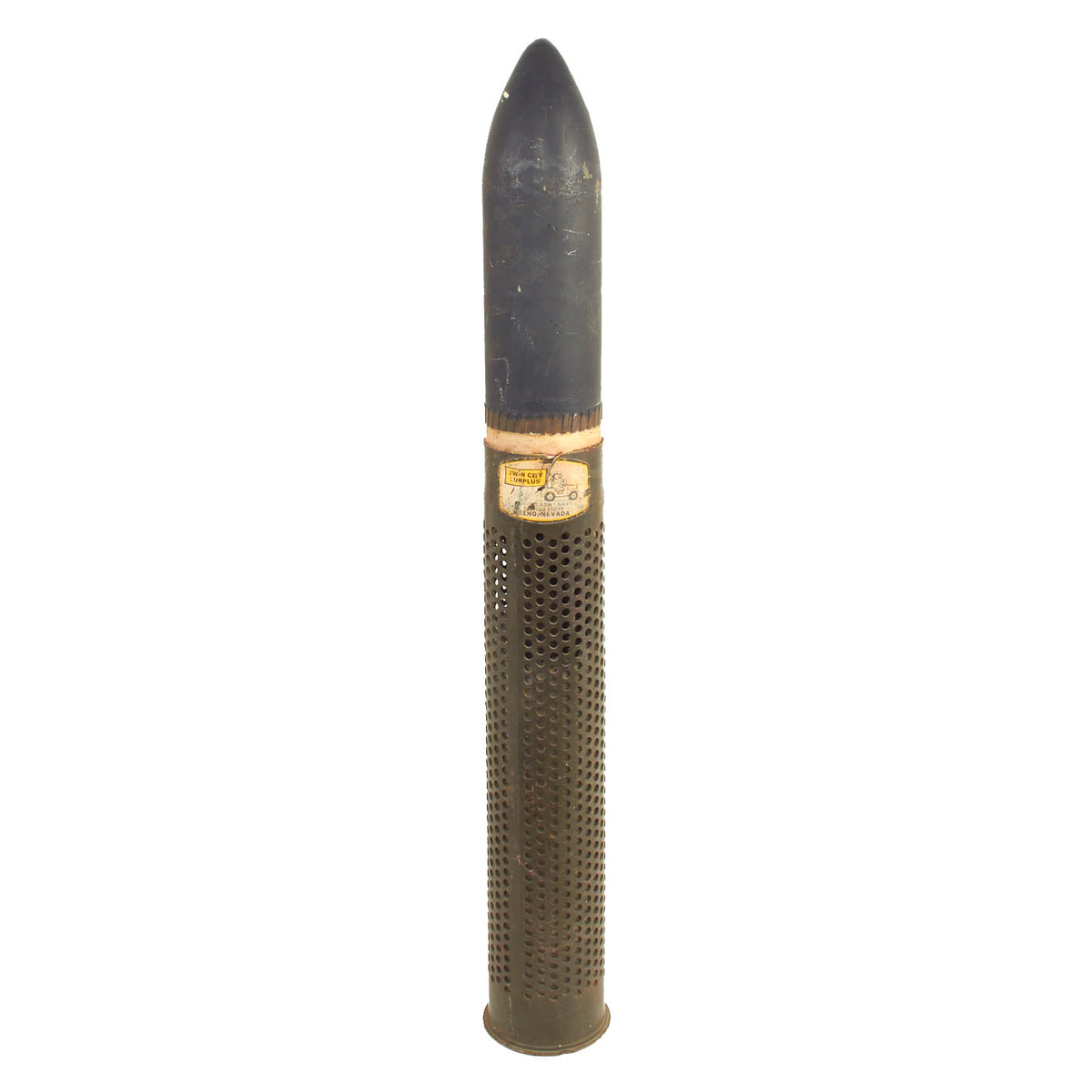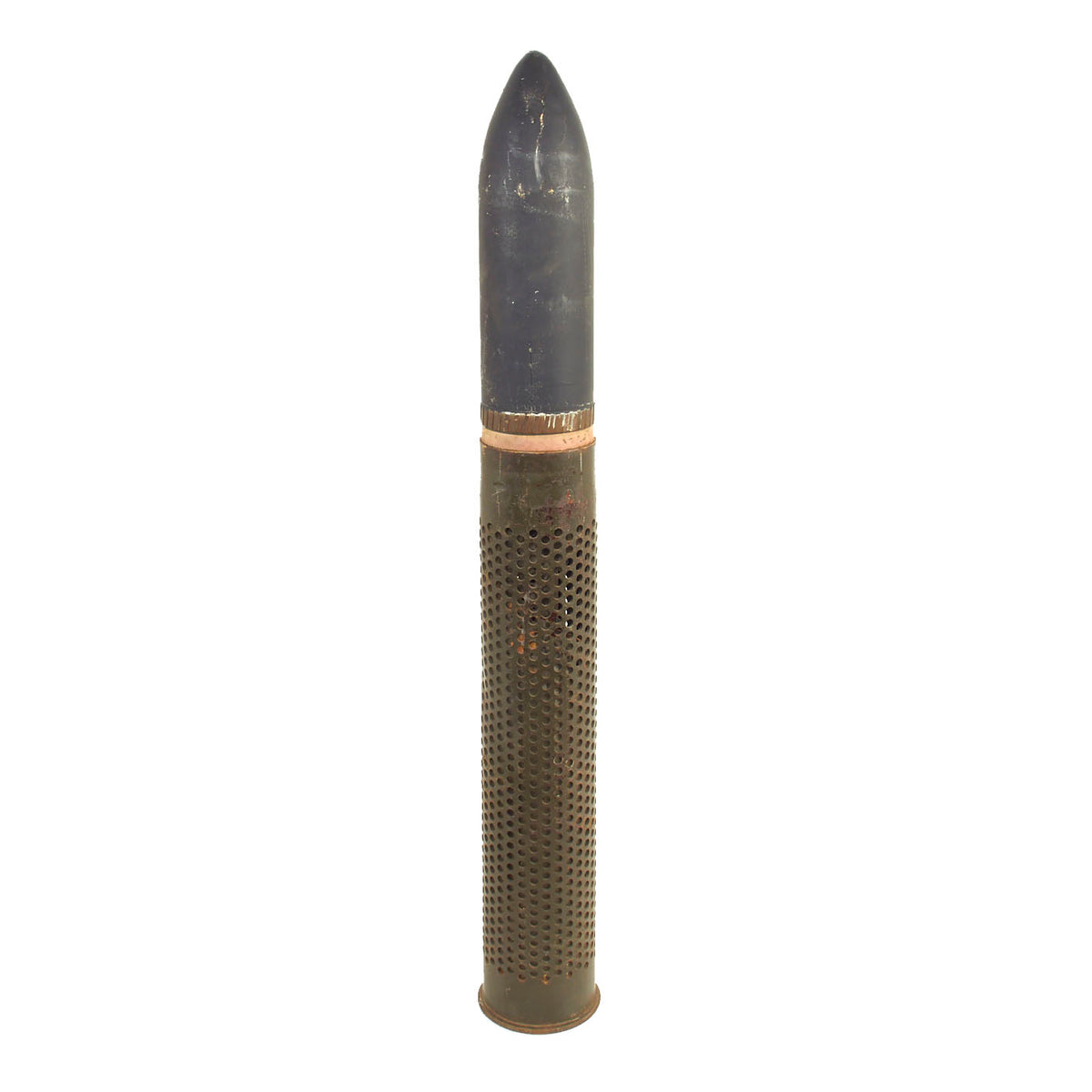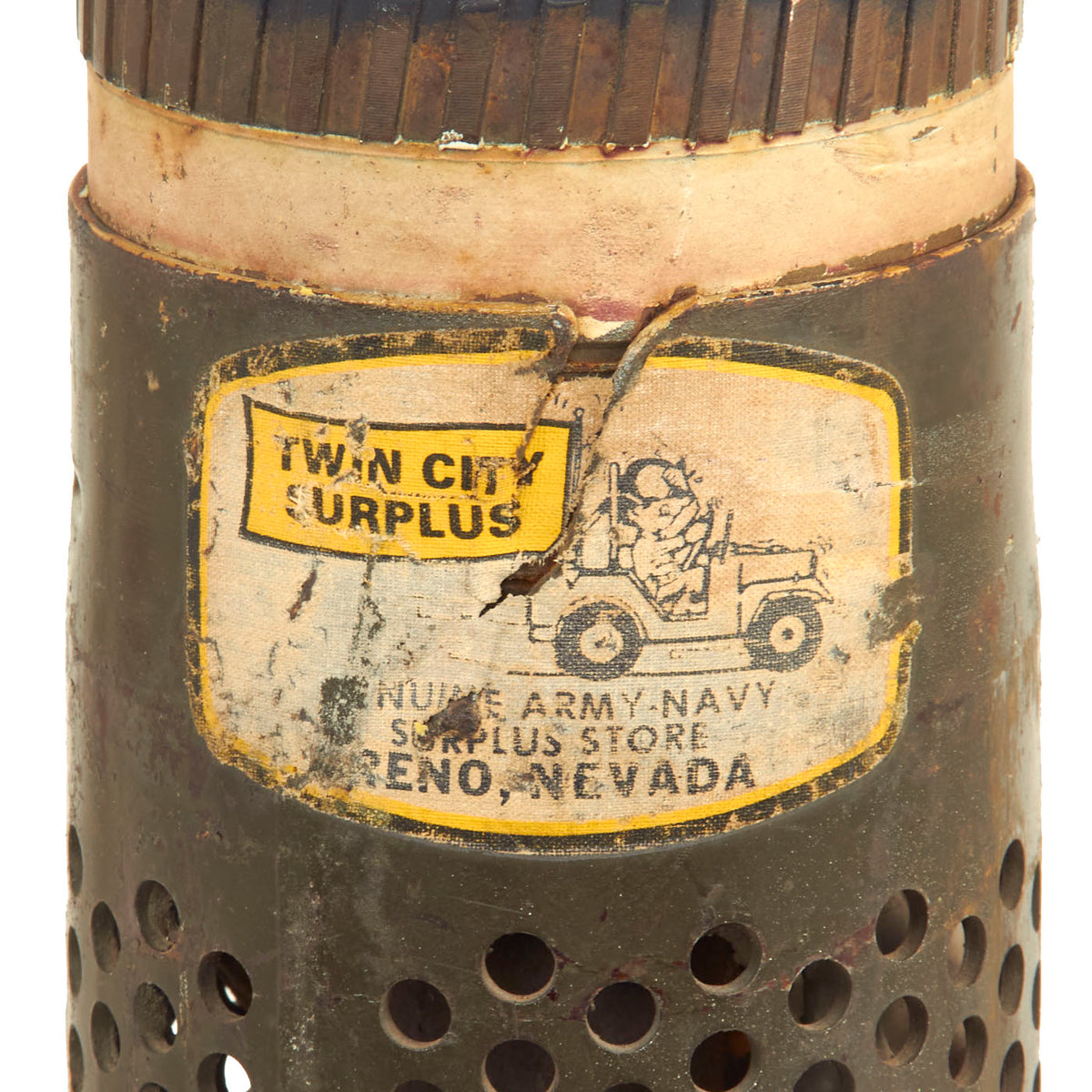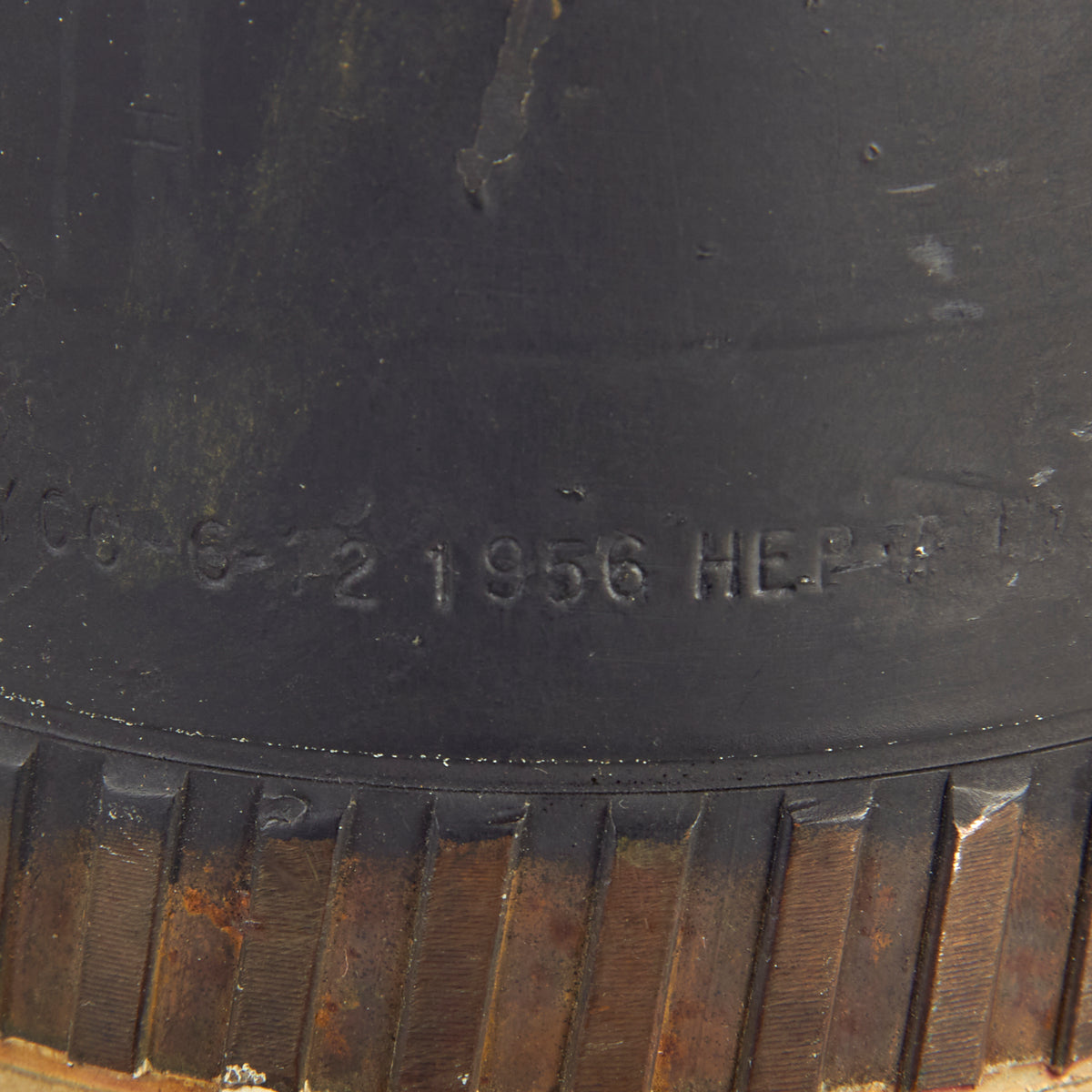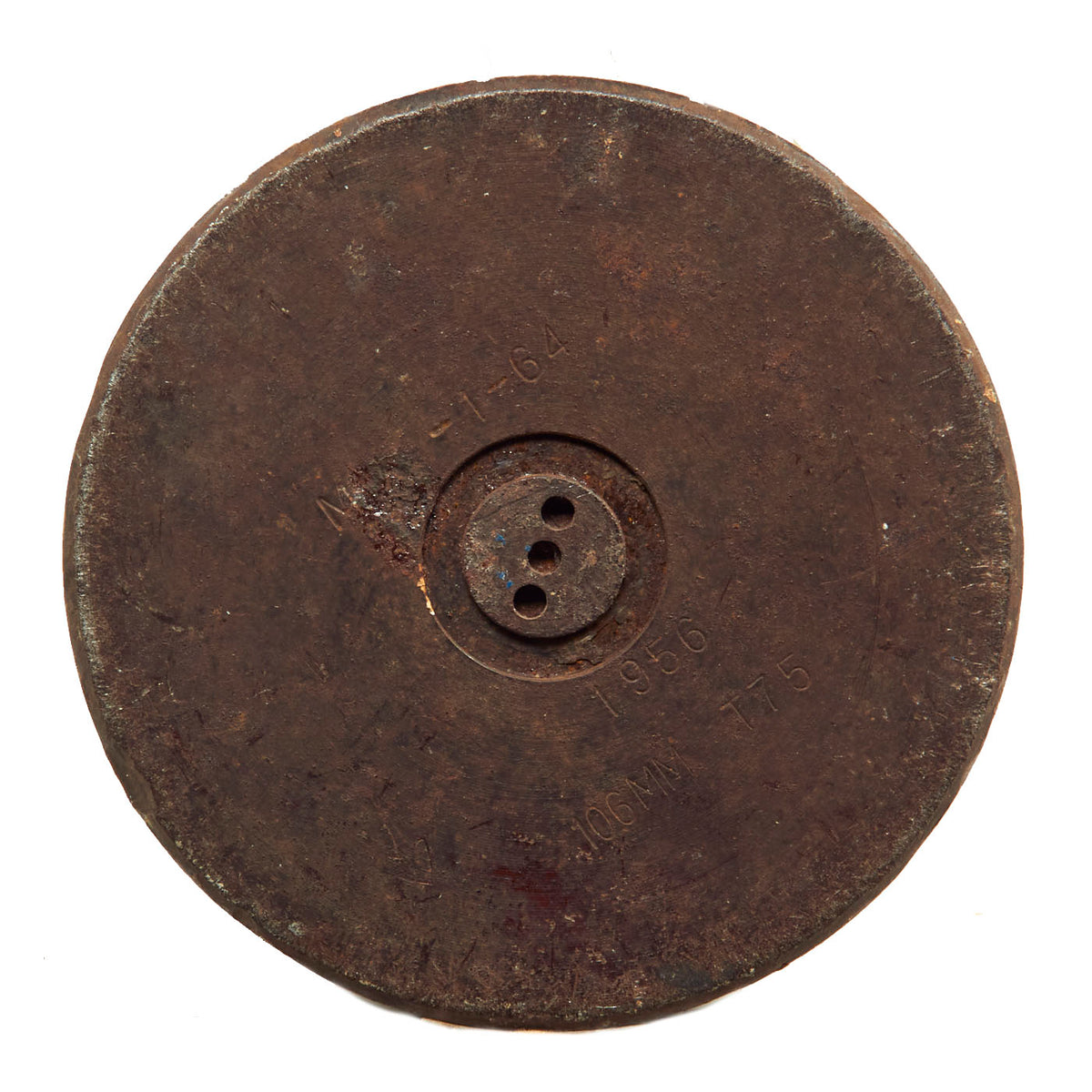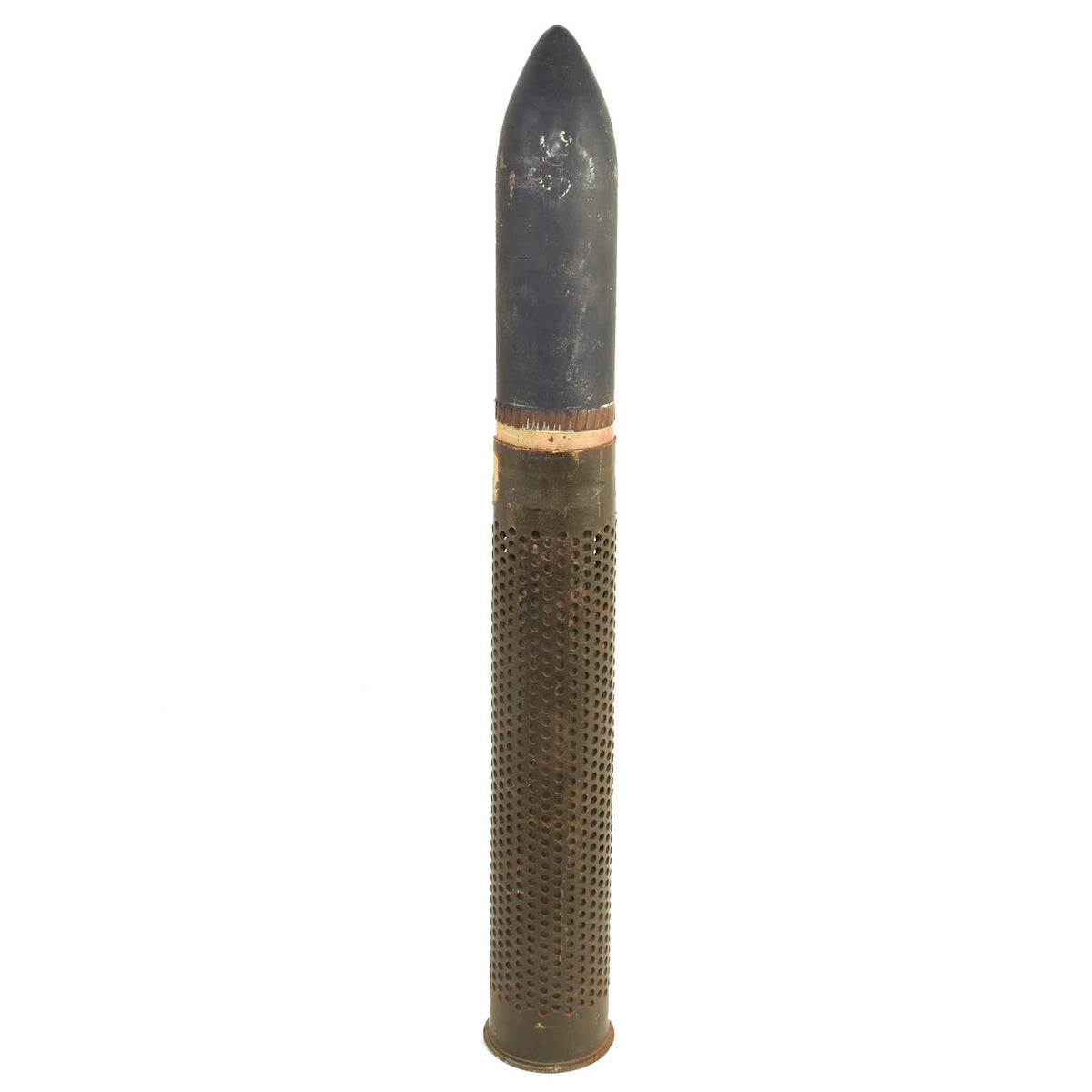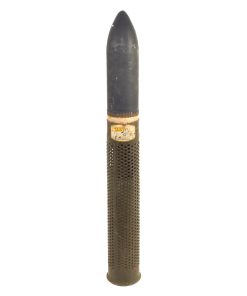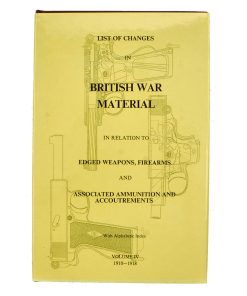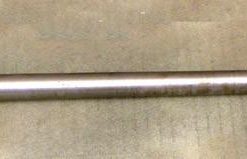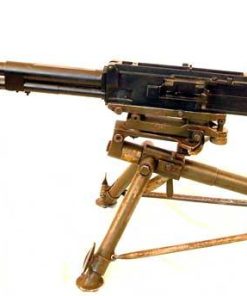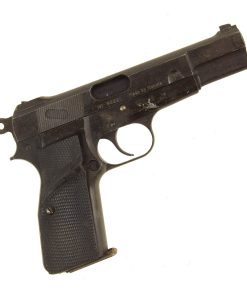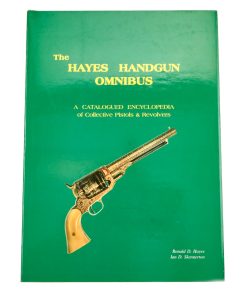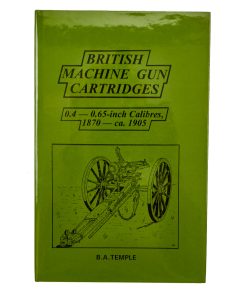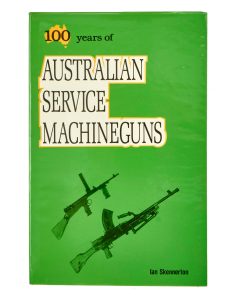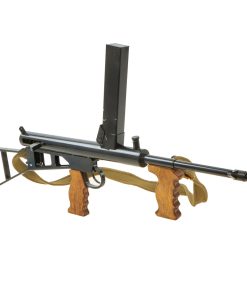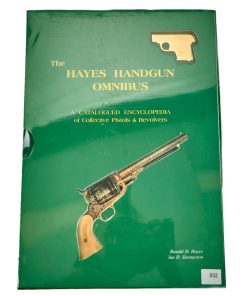Original Early Cold War U.S. 106mm M40 Recoilless Rifle Inert HEP-T Round with T75 Casing – both dated 1956 Original Items
$ 595,00 $ 178,50
Original Item: Only One Available. This is a great inert HEP-T (High Explosive Plastic-Tracer) round round for the U.S. 106mm M40 Recoilless Rifle, made in 1956 just after the Korean war. The round is however pretty much identical to those used during the war. It has been deactivated in accordance with guidelines provided by the ATF, and is NOT available for export. It consists of the original deactivated M346 series projectile, inserted into a T75 perforated shell casing, which still has a good amount of the metal wrapping inside, cut open to remove the propellant charge. It has an old surplus store label on the joint area, and the shell cannot currently be removed from the casing.
This is primarily an anti-tank weapon, and was used extensively during the Vietnam war. As it was lightweight and did not require any recoil system, it could be mounted on any number of vehicles. The only risk of course is that recoilless rifles eliminated recoil with their very large back-blast, so being behind was was quite dangerous. It is completely inert, and cannot be converted to any type of explosive device. The round overall weighs about 37lbs and measures approximately 5 inches by 37 1/2 inches.
The shell is marked around the side above the rifling ring with the following information:
YCC-6-12 1956 HEP-T 105MM T139E45 106MM T139E47
The bottom of the shell casing has the following markings, partly obscured by rust:
M?? – 1 – 64
1956
106MM T75
A great early Cold war ordnance piece, which would look great in any collection. Ready to display!
The M40 recoilless rifle is a lightweight, portable, crew-served 105 mm recoilless rifle made in the United States. Intended primarily as an anti-tank weapon, it could also be employed in an antipersonnel role with the use of an antipersonnel-tracer flechette round. The bore was commonly described as being 106 mm caliber but is in fact 105 mm; the 106 mm designation was intended to prevent confusion with incompatible 105 mm ammunition from the failed M27. The air-cooled, breech-loaded, single-shot rifle fired fixed ammunition and was used primarily from a wheeled ground mount. It was designed for direct firing only, and sighting equipment for this purpose was furnished with each weapon, including an affixed spotting rifle.
Replacing the M27 recoilless rifle, the M40 primarily saw action during the Vietnam War and was widely used during various conflicts thereafter in Africa or in the Middle East. It was replaced by the BGM-71 TOW anti-tank missile system in the US armed forces.
The M40 is shaped like a long tube with an M8C .50 cal spotting rifle above. The spotting rifle fires a round whose trajectory closely matches that of the 105 mm round and gives off a puff of smoke on impact with the target. On the left side, there is an elevating wheel, in the center of which is the trigger wheel used to fine adjust the elevation and at the same time firing the spotting rifle when pulled, and the gun when pushed. The mounting is a tripod, but the front leg has a castering wheel. On top of the mount is a traverse wheel. On the center of the traverse wheel is a locking wheel, when the wheel is down, the rifle is locked in traverse, and can only be moved right and left with the traverse wheel. When the wheel is raised, the rifle can be traversed by hand. Austria produced a two-wheeled mount for the M40.
The whole mounting can be placed on an M151 Jeep for mobile use. It has also been mounted on M113s, UMM 4x4s, Mahindra jeeps, Fath Safirs, Land Rover Defenders,[ Mercedes-Benz G-Wagen, Hotchkiss M201 jeeps, Toyota Land Cruisers,, Jeep CJs, Willys M38s, HMMWVs, M274 Mechanical Mules, Tiuna 106mm weapons platforms, KADDB Al Jawad vehicles, RBY MK 1s, AIL Abirs and AIL Storms. They were also used on US Navy minesweepers (MSO) during Operation Market Time in Vietnam.
Fast Shipping with Professional Packaging
Thanks to our longstanding association with UPS FedEx DHL, and other major international carriers, we are able to provide a range of shipping options. Our warehouse staff is expertly trained and will wrap your products according to our exact and precise specifications. Prior to shipping, your goods will be thoroughly examined and securely secured. We ship to thousands clients each day across multiple countries. This shows how we're dedicated to be the largest retailer on the internet. Warehouses and distribution centres can be located throughout Europe as well as the USA.
Note: Orders with more than one item will be assigned a processing date depending on the item.
Before shipping before shipping, we'll conduct a thorough inspection of the items you have ordered. Today, the majority of orders will be delivered within 48 hours. The delivery time will be between 3-7 days.
Returns
The stock is dynamic and we cannot completely manage it because multiple stakeholders are involved, including our factory and warehouse. So the actual stock may alter at any time. It's possible that you may not receive your order once the order has been made.
Our policy is valid for a period of 30 days. If you don't receive the product within 30 days, we are not able to issue a refund or an exchange.
You can only return an item if it is unused and in the same state as the day you received it. You must have the item in its original packaging.
Related products
Uncategorized
Uncategorized
Angolan Rebel 1970s era 60mm Inert Display Mortar from Angolan Civil War Original Items
Uncategorized
Uncategorized
Uncategorized
Uncategorized
Uncategorized
Uncategorized
Australian WWII Owen MK1 Machine Carbine SMG Custom Fabricated Replica with Sling Original Items
Uncategorized
Uncategorized
Uncategorized
Band of Brothers ORIGINAL GERMAN WWII Le. F.H. 18 10.5cm ARTILLERY PIECE Original Items
Uncategorized
